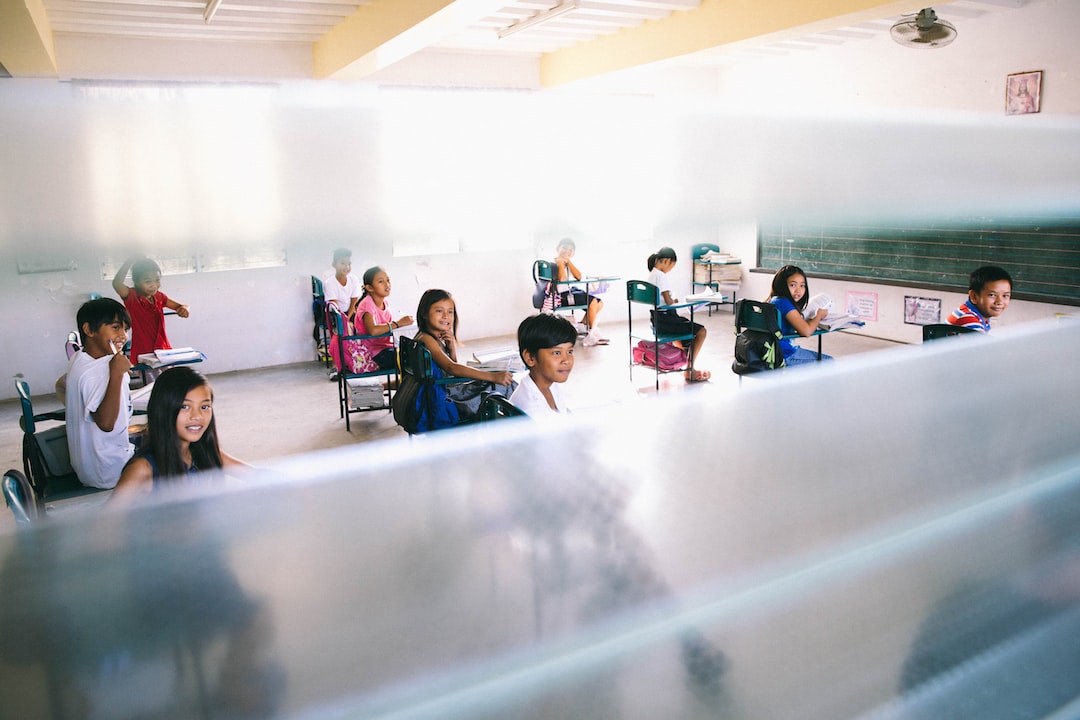In today’s digital age, it is more important than ever for educators to teach students digital literacy and media literacy. As young people are exposed to an increasing amount of information and media, it is important to equip them with the skills and knowledge necessary to navigate this landscape effectively. Digital literacy and media literacy are essential skills for students to develop to succeed in the 21st century.
Digital literacy refers to the ability to use technology effectively and ethically. This includes basic computer skills like using a keyboard and mouse, as well as more advanced skills such as coding. Digital literacy also includes the ability to navigate the internet safely and responsibly- understanding how to protect personal information, recognizing and avoiding scams, and evaluating the credibility of online information sources.
Media literacy, on the other hand, refers to the ability to critically consume and evaluate media. This includes traditional media sources like newspapers and television as well as newer digital media like blogs and social media. Media literacy involves understanding how meaning is constructed in media and being able to analyze and interpret different types of media messages.
Teaching students digital literacy and media literacy is essential in order for them to become responsible and informed citizens. Many students spend a significant amount of time online, and without the appropriate skills and knowledge, they may be vulnerable to online predators, cyberbullying or online misinformation. By teaching digital literacy, educators can help students to navigate this complex world safely and ethically.
Moreover, media literacy is critical in today’s information age. It is more important than ever to be able to navigate the abundance of information that is available to us. It is important for students to be able to distinguish between accurate and misleading information, to understand how media can influence our perceptions and actions, and to be able to think critically about the messages they receive.
One way to teach digital literacy and media literacy is to incorporate it into the curriculum. This can be done in a variety of ways, from specific courses in computer science and media studies to incorporating digital and media literacy skills into existing lessons. Teachers can incorporate online resources such as tutorials, online games, and interactive activities to engage students and make learning these skills fun and engaging.
Another way to teach digital literacy and media literacy is to involve parents and guardians. Many parents may not be aware of the risks associated with online activity and may not have the skills themselves to teach their children. Educators can provide resources and information to parents so that they can help reinforce these skills at home.
Ultimately, teaching digital literacy and media literacy is essential for students to succeed in today’s rapidly changing world. By providing students with the skills to use technology effectively and responsibly, and by teaching them to navigate and analyze all types of media, educators can help students become responsible and informed citizens.

